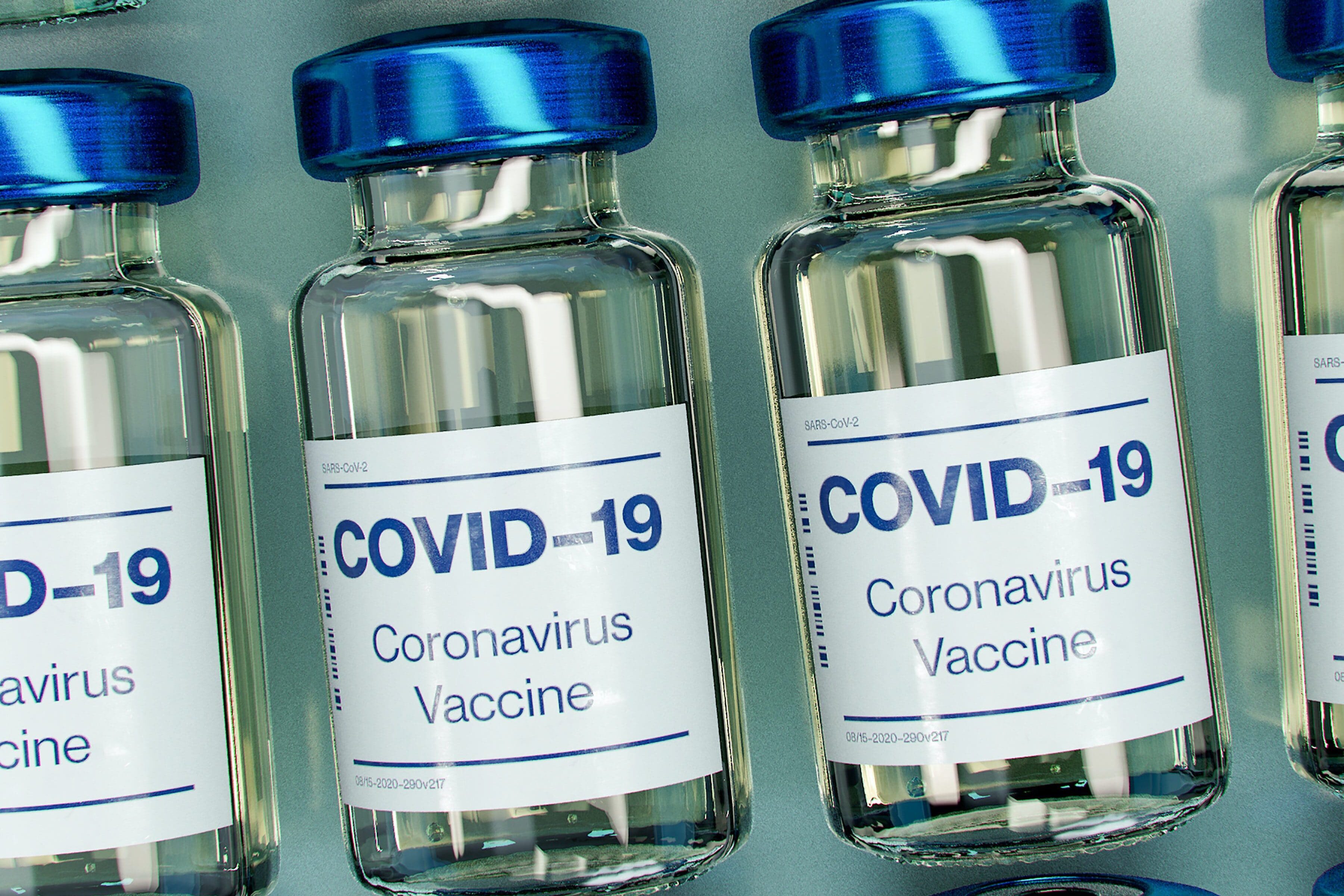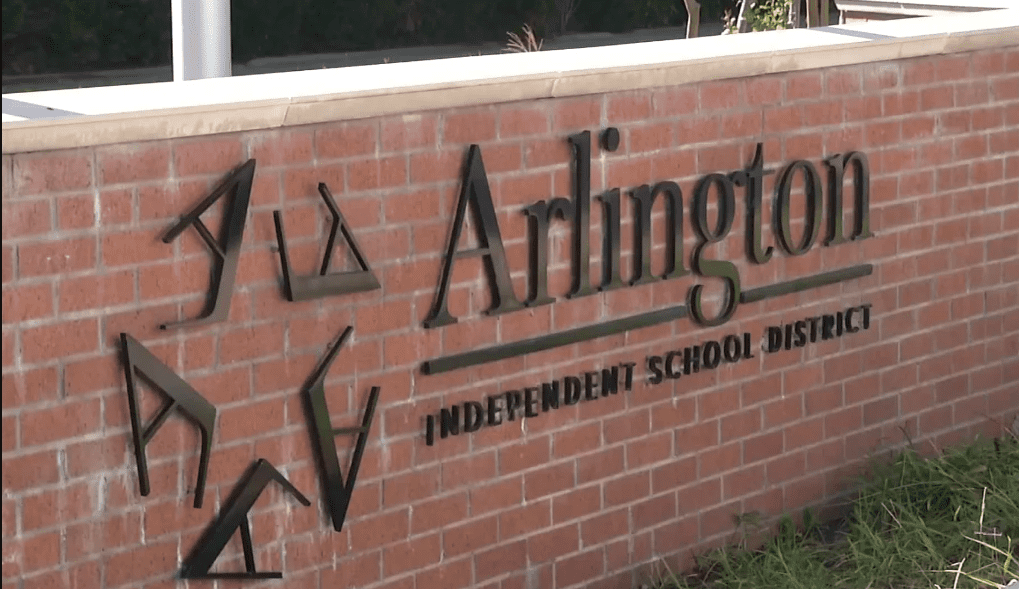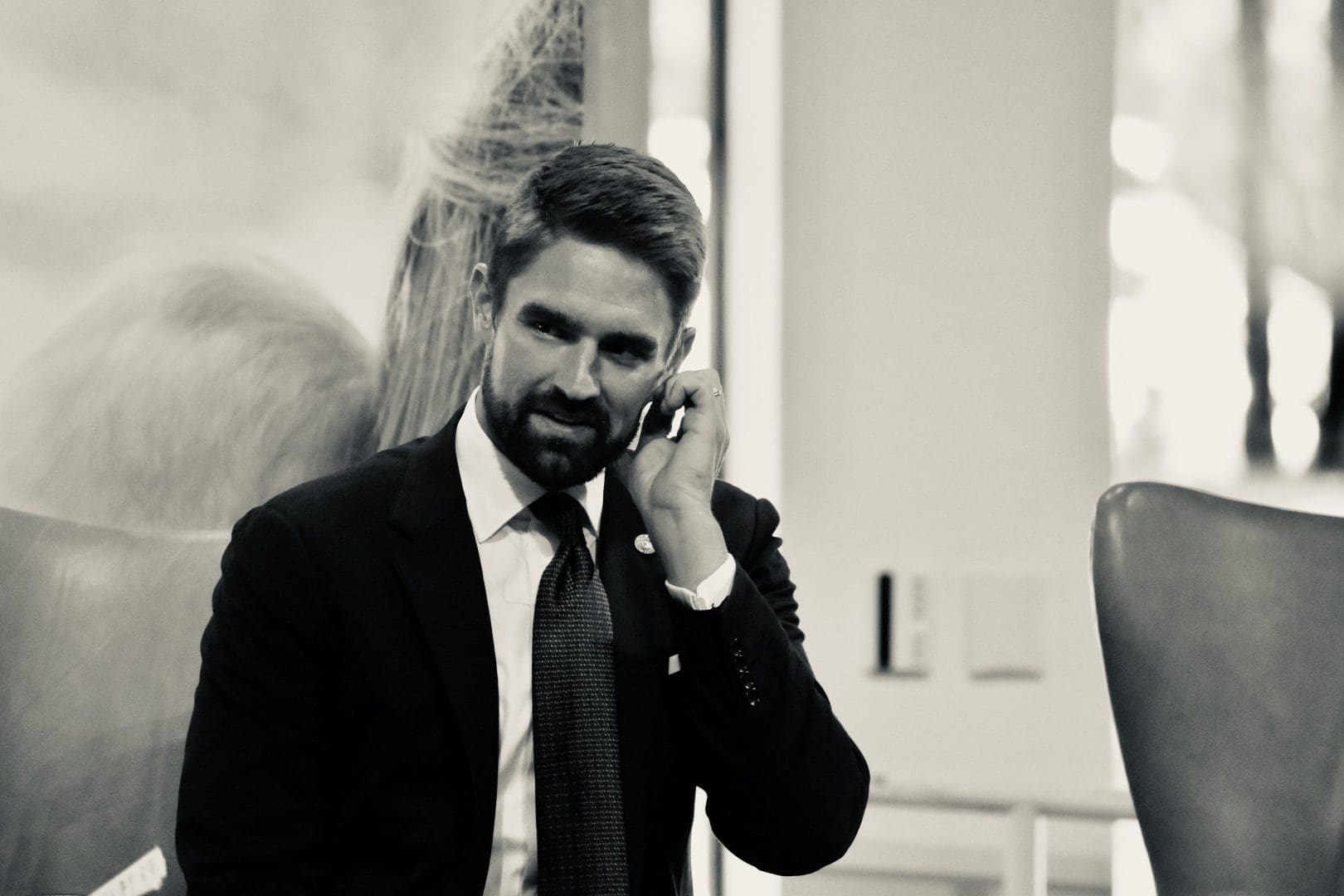As the end of 2020 approaches and I check my daughter’s wish list for Santa (apparently Crocs are back in style), I have a few declarations and “wants” of my own for the big red guy.
1. The government is not invited to our family gatherings.
The government is not invited to our family meals, Christmas Eve gift exchanges, or any other upcoming religious or holiday celebrations.
We have a constitutionally implied right to privacy, discussed at length in the seminal case Griswold v. Connecticut, 381 U.S. 479 (1965), guaranteeing “zones of privacy.” There are areas in the family realm that the government has no authority to intrude upon, such as a parent’s right to educate a child in the school of the parent’s choice, procreation, and marriage relationships, to name just a few. The right to privacy also incorporates a right to be left alone, a concept dating as far back as an 1890 publication by Warren and Brandeis. With governors like Kate Brown calling for people to report neighbors who don’t follow COVID-19 guidelines, we are dangerously close to becoming a nanny state—and most assuredly spreading the opposite of the holiday spirit.
2. “There is no pandemic exception to the Constitution.”
To date, almost 6,400 lawsuits have been filed relating to COVID-19. A HUGE impediment to favorable court decisions that might strike down the current government overreach is a 1905 smallpox vaccination case, Jacobson v. Massachusetts. Jacobson predates our modern, tiered framework for constitutional analysis and was decided before the Bill of Rights was incorporated to the States. Basically, Jacobson is a relic that deserves a place alongside Grandma’s fruitcake.
At one point, Jacobson justified the forced sterilization of a young woman in the stomach-turning 1927 case, Buck v. Bell. A truly horrifying decision, the Court in Buck said, “It is better for all the world, if instead of waiting to execute degenerate offspring for crime, or to let them starve for their imbecility, society can prevent those who are manifestly unfit from continuing their kind. The principle that sustains compulsory vaccination is broad enough to cover cutting the Fallopian tubes. Three generations of imbeciles are enough.”
Unfortunately, the courts are frequently forgetting that Jacobson does not wholly mandate deference to a state’s police power in all instances. Jacobson states that “any measures that limit or suspend constitutional rights (1) must have ‘real or substantial relation’ to the crisis and (2) must not represent ‘plain and palpable’ invasions of clearly protected rights.” With few exceptions, courts forget that the Jacobson decision contains important limits on the state’s power and includes constitutionally protective language—“no rule prescribed by a state, nor any regulation adopted by a local governmental agency acting under the sanction of state legislation, shall contravene the Constitution of the United States, nor infringe any right granted or secured by that instrument.” ANY case that can provide reasoning for Buck’s forced eugenic sterilizations mandates a second look. Today, courts should wholly reject Jacobson.
And there may just be a glimmer of hope now—the night before Thanksgiving, the Supreme Court issued a 5-4 ruling, striking down New York Gov. Cuomo’s discriminatory restrictions on religious gatherings. Although the posture of the case was requesting injunctive relief, and not a decision on the merits, the opinion provides clues that the Court, like the American people, is no longer willing to be completely deferential to overreaching power wields by state and local government actors.
As Justice Gorsuch explains, in the beginning of the COVID-19 pandemic, when little was known about the virus, Justice Roberts cited Jacobson and issued a misguided opinion in another case, which started the cavalcade of judicial reliance, and unfortunate deference, to this outdated vaccination case. Gorsuch takes Roberts (and Jacobson) to task, writing, “But Jacobson hardly supports cutting the Constitution loose during a pandemic. That decision involved an entirely different mode of analysis, an entirely different right, and an entirely different kind of restriction.” In response to this, Justice Roberts attempts to distance and defend himself from his prior reliance on Jacobson, asserting that he only briefly mentioned the 1905 Jacobson case.
As Justice Gorsuch wisely wrote, “Even if the Constitution has taken a holiday during this pandemic, it cannot become a sabbatical.”
3. Allow parents to have a CHOICE in their child’s education.
Each family must make their own determination, based on their respective family’s unique circumstances and needs, whether to utilize in-person learning, virtual learning, or a hybrid model for their child’s education. Families must consider several factors, and education is many times not a “one size fits all.”
And for those parents wishing to remain in or resume in-person education, news articles are now exposing that schools are not the source of COVID-19 super spread, and the risks of isolation, delayed learning, and regression in students with special needs outweighs the risk of attending school in-person.
As many private and charter schools remain open for in-person instruction, we must have an open discussion about school choice. But isn’t school choice really parent choice? As the word “choice” suggests, school or parent choice allows parents to utilize state and federal monies to enroll children in a school of the parent’s choosing. Essentially, our taxpayer money follows the student, rather than an assigned school based on zip code. No child should be relegated to a failing school simply because of neighborhood.
As a recent book by Corey DeAngelis notes: Increased education spending is not associated with providing higher results. On average, the United States currently spends over $15,000 per student each year, but a main problem is that these monies don’t actually make it into the classroom, and local educational agencies are not utilizing our tax money well. Surges in staffing and administrative bloat have become the norm across the country, and from 1950 to 2009, student populations increased by 96 percent while non-teaching staff increased by a whopping 702 percent.
And a recent nationwide study reveals that public schools spent more money per pupil than comparable private schools.
These alarming statistics sit about as well as an all-you-can eat Christmas buffet.
4. We must now properly categorize COVID-19 as a public health crisis.
Now entering its ninth month, a valid argument can be made that COVID-19 is not so much an emergency, but rather an ongoing and chronic public health crisis. This characterization moves us away from continued justification for emergency orders that unilaterally shut down various sectors of the economy and restrict individual liberty and movement without proper legislative input and decision-making.
With the advent of COVID-19 in March, there was a need for swift and immediate action. But as the months have dragged on, most governors and state and local officials continue to use broad powers provided to them under their state’s emergency powers act, reluctant to give up their reign; declaring an end to the emergency would mean an end to the one-man, or one-woman, power grab. Depending on the state, these emergency power acts typically grant virtually unlimited power in times of emergencies or wars to the executive branch, usurping such powers normally granted to legislators. While such emergency power acts presumably allow flexibility for immediate action to secure the safety and security of persons and property without convening and corralling the legislature, can we honestly—close to a year later—continue to describe COVID-19 as an emergency, rather than an ongoing and long-term public health crisis? It’s time for each state legislature to resume its proper rule-making authority and for governors (some who don’t even follow their own orders) to rightfully step aside.
Like a child’s wish list to Santa, all we need to do is believe, right?
This is a commentary published with the author’s permission. If you wish to submit a commentary to Texas Scorecard, please submit your article to submission@texasscorecard.com.





